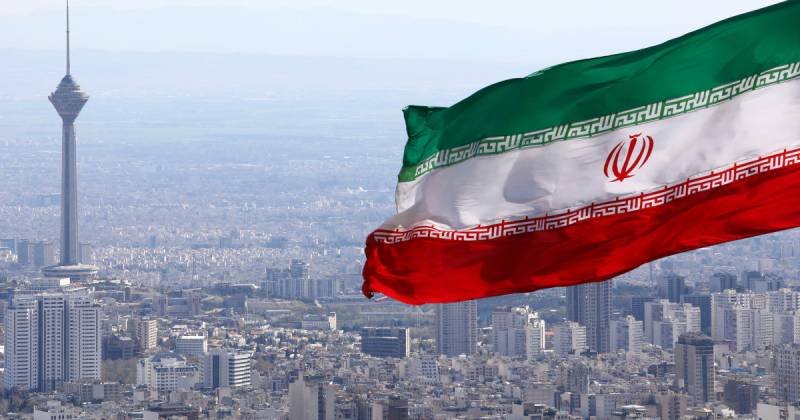In the intricate tapestry of global politics, where nations weave threads of diplomacy and sometimes discord, the relationship between the United States and Iran stands out for its complexity and historical depth. Recent times have seen this relationship strained further by retaliatory strikes, a dance of power that could easily spiral into direct conflict were it not for the subtle art of communication that operates behind the visible stage of international relations. This article seeks to explore the nuanced world of back-channel discussions between Tehran and Washington, particularly in light of these events.
At first glance, one might assume that after such public displays of military strength, any form of dialogue would be off the table. However, history has shown us time and again that it is precisely in these moments when communication becomes most crucial. The question then arises: Do these back-channel communications exist amidst current tensions? And if so, what role do they play in preventing an escalation into full-blown conflict?
Back-channel discussions are not a new concept in international relations. They serve as unofficial lines of communication that allow countries to engage with one another away from the public eye. These conversations can be delicate dances — ones where every step must be measured to avoid missteps that could lead to misunderstanding or worse.
The existence and nature of such discussions between Tehran and Washington post-attack are shrouded in secrecy; however, their importance cannot be overstated. In a world increasingly dominated by hardline stances and rhetoric designed for domestic audiences rather than diplomatic resolution, these channels offer a glimmer of hope for de-escalation.
These dialogues often take place through intermediaries — third-party nations or individuals deemed neutral enough to carry messages between two countries at odds with each other. Switzerland has historically played this role between Iran and the U.S., offering a conduit for communication even at times when official diplomatic ties were frozen.
But why is this important? At its core, this method preserves an essential aspect often lost in contemporary discourse: nuance. In traditional societies, community disputes were resolved through dialogue facilitated by respected elders or leaders who understood both sides’ concerns deeply. This approach fostered understanding and reconciliation without sacrificing community cohesion or values.
Similarly today’s informal channels allow both nations involved to express grievances, clarify intentions without fear-mongering or grandstanding common on public platforms which often exacerbate tensions instead calming them down thus creating space needed mutual respect understanding emerge despite deep-seated differences may exist among them
Moreover maintaining open line albeit hidden eyes prying media political opponents ensures neither side feels completely isolated backed into corner where only option left escalate further potentially devastating consequences
As we reflect upon shifts cultural landscape our global village cannot help but draw parallels traditional methods conflict resolution emphasis placed communal harmony over individual victory Perhaps there lies lesson modern world fraught divisions misunderstandings
In conclusion while details specific conversations remain unknown general consensus amongst experts suggests they indeed play critical stabilizing factor ensuring temporary skirmishes do not devolve prolonged warfare It testament resilience human spirit ability find common ground even midst adversity reaffirming belief dialogue compromise still powerful tools bridging divides building peace lasting future

Leave a Reply